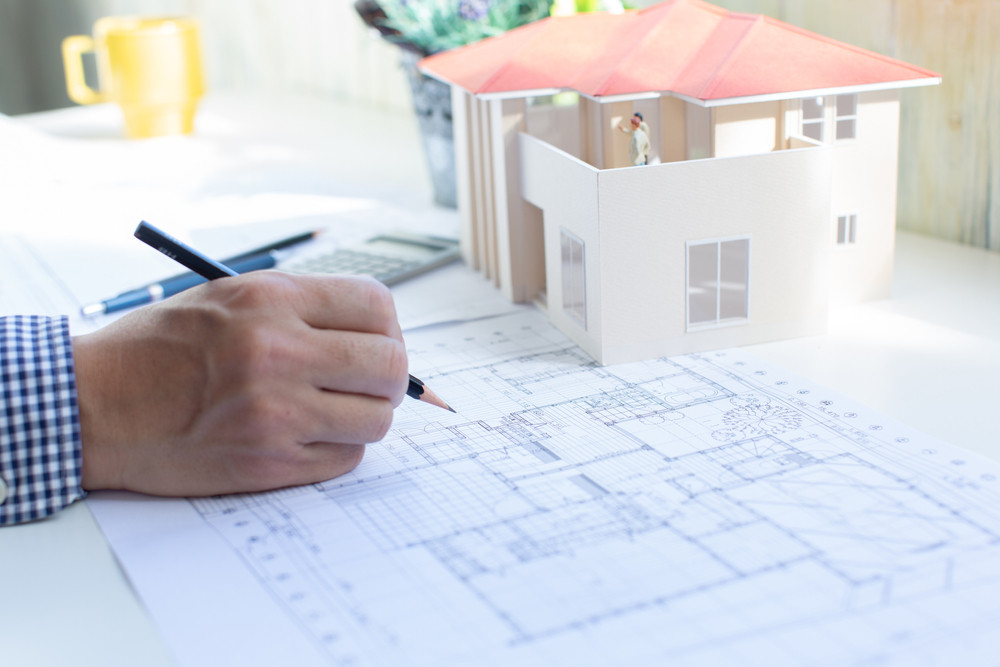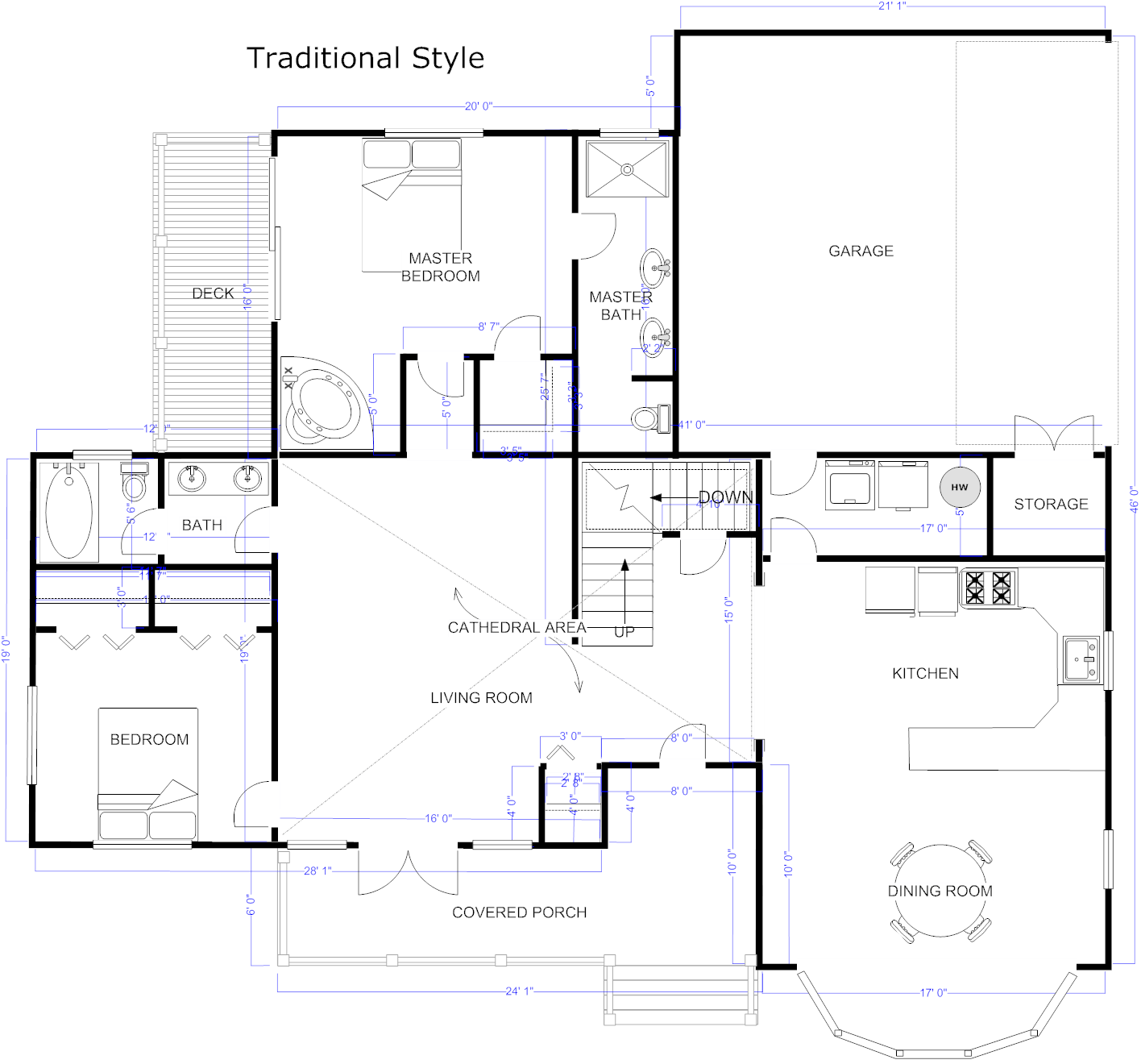The Impact of Technological Improvements on the Design Practices of Contemporary Architects
The rapid development of technological tools has actually significantly reshaped the style landscape for contemporary designers, cultivating unprecedented degrees of advancement and sustainability. Checking out these characteristics exposes a nuanced interplay in between innovation and traditional style techniques, prompting a better exam of what the future holds for building techniques.
Development of Architectural Devices
How have architectural devices transformed the layout and building and construction processes over the centuries? The evolution of building devices has considerably impacted the effectiveness, accuracy, and creativity of design and building.
With the development of the Renaissance, the intro of the compass and the protractor noted a pivotal shift. These tools enabled designers to achieve better precision in their styles, assisting in the introduction of even more detailed and in proportion buildings. The Industrial Change additionally transformed building method with the introduction of mechanized devices and materials, enabling larger and much more enthusiastic projects.
In the 20th century, the advancement of computer-aided layout (CAD) software program changed the landscape as soon as again, providing designers with unprecedented capabilities in modeling and visualization. Today, progressed tools such as Building Details Modeling (BIM) and parametric design software program proceed to press the limits of building innovation, making it possible for a more incorporated technique to design and construction processes.
Improved Partnership in Design
As modern technology remains to progress, boosted partnership in style has come to be a foundation of modern architectural technique. The combination of digital tools such as Structure Information Modeling (BIM), cloud-based systems, and advanced visualization software program has changed the way engineers, designers, and stakeholders interact throughout the design procedure. These devices promote real-time interaction, permitting groups to share ideas, modifications, and feedback instantaneously, no matter of geographical location.

Furthermore, interdisciplinary cooperation has been structured through these technological improvements, allowing architects to function extra very closely with various other professionals, such as urban planners and ecological consultants. The outcome is a much more cohesive strategy to develop that considers various point of views and proficiency. Inevitably, improved partnership in design is not simply a pattern; it is necessary for producing ingenious, functional, and aesthetically pleasing style in a progressively intricate world.

Sustainability With Modern Technology
Sustainability in design has actually progressively become intertwined with technical technology, driving the industry toward environmentally responsible practices. Contemporary engineers are leveraging innovative modern technologies to lessen ecological impact while improving the efficiency of structures. cda architects. One famous instance is using Building Info Modeling (BIM), which enables for specific preparation and source allocation, minimizing waste throughout construction and promoting power efficiency throughout a building's lifecycle
Moreover, smart products and energy-efficient systems are being incorporated right into designs to enhance resource use. Technologies such as solar batteries and green roof systems harness renewable resource resources, adding to lowered carbon footprints. Furthermore, the application of man-made knowledge in design procedures enables designers to mimic and examine energy usage, assisting decisions toward even more lasting outcomes.
The combination of lasting modern technologies not only straightens with global ecological goals yet additionally meets an increasing demand from consumers for environmentally friendly services. As engineers welcome these developments, the focus moves towards producing spaces that are not just cosmetically pleasing but also functionally sustainable, thereby redefining the criteria of modern-day design. This way, modern technology functions as a catalyst for sustainability, making it possible for architects to make structures that regard and improve the natural surroundings.
Challenges in Implementation
While technological advancements in style hold fantastic guarantee for enhancing sustainability, their execution commonly comes across substantial challenges. One primary obstacle is the high discovering curve connected with new technologies. Architects and construction professionals might require comprehensive training to properly utilize innovative software application and tools, which can delay project timelines and enhance costs.
Furthermore, the combination of arising modern technologies, such as Structure Info Modeling (BIM) and lasting products, usually requires collaboration across multidisciplinary groups. This partnership can be impeded by distinctions in proficiency, workflows, and communication designs, causing potential problems and inefficiencies.

In addition, regulative frameworks and building regulations may not equal technical improvements, developing uncertainty and potential conformity concerns. This difficulty can dissuade engineers from completely embracing brand-new modern technologies, as the threat of non-compliance might surpass the advantages. Therefore, addressing these application challenges is essential for the effective combination of technical improvements in modern architectural see it here methods.
Future Patterns in Design
The challenges linked with the application of brand-new technologies in architecture have actually motivated a reevaluation of future patterns within the market - cda architects. As engineers browse concerns such as sustainability, urbanization, and social equity, they are increasingly taking on ingenious technologies to boost layout performance and ecological efficiency
One noticeable pattern is the assimilation of artificial knowledge (AI) in the design procedure. AI click over here now devices can evaluate huge datasets to educate style decisions, improving both imagination and functionality. Structure Information Modeling (BIM) continues to progress, enabling real-time cooperation among stakeholders and assisting in streamlined job administration.
Sustainable style practices are also getting energy, with designers concentrating on flexible reuse and regenerative design principles that minimize resource consumption and waste. The consolidation of wise materials and renewable resource resources will further boost the durability of buildings when faced with climate modification.
Furthermore, the increase of parametric design permits more customized and context-sensitive building options (cda architects). By harnessing these improvements, architects are poised to produce constructed settings that not only attend to the prompt demands of society but likewise prepare for future obstacles, thereby redefining the function of architecture in an ever-changing world
Conclusion
Technical improvements have actually substantially improved architectural style practices, helping with enhanced accuracy, cooperation, and sustainability. The assimilation of devices such as Building Info Modeling and parametric design software, along redirected here with artificial intelligence and clever products, empowers designers to address complicated difficulties better. While implementation may present particular barriers, the ongoing evolution of these innovations guarantees to drive technology in design. Future trends will likely better emphasize sustainability and effectiveness, ultimately redefining the developed setting.
Comments on “Elevate Your Structure Design with the Proficiency of CDA Architects”